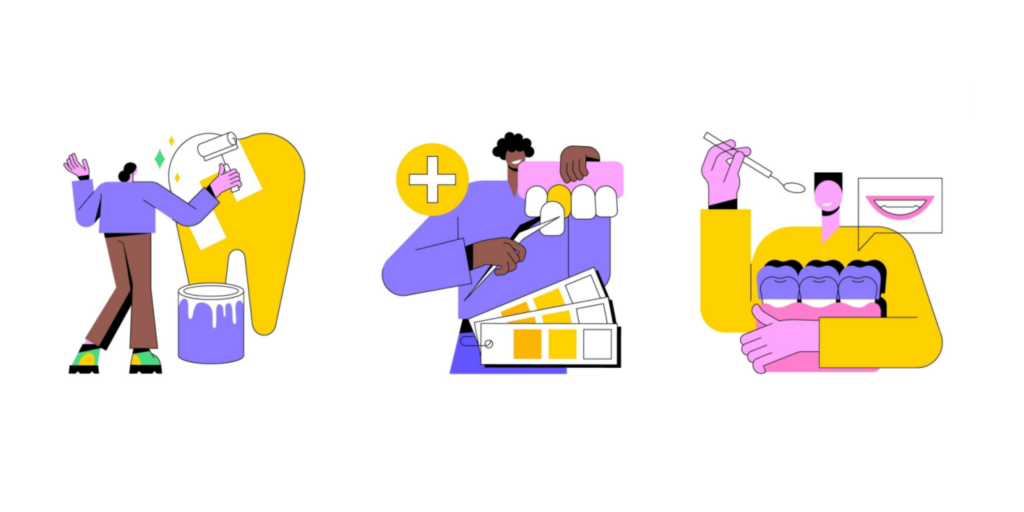Last updated on November 29th, 2017 at 10:16 am

MGE’s weekly webletter, Issue 30.
Keys to Improving Case Acceptance, Part III
By Jeffrey M. Blumberg, COO, MGE
This is the final installment of a three-part series on improving case acceptance in your practice. For part one in this particular series, click here, for part two, click here.
Increasing case acceptance can have a number of positive ramifications for your patients, practice and for your own professional satisfaction. Patients are happier and receive the treatment they need, your practice is more productive and you personally get to do the kind of dentistry you probably enjoy the most.
In the first installment in this series, we hit on five issues that you could address that would positively impact case acceptance.
They were:
- Communication Skills (doctor and staff)
- Organizational issues relating to case acceptance
- The Schedule and Patient Flow (new and old) through the office
- Staff Participation and Office Policy
- Management of all of the above.
In our last webletters, we covered points 1-3. We’ll wrap up this series by looking at points 4 & 5 above.
(Related: 3 Case Acceptance Killers)
4. Staff Participation and Office Policy
a. Staff Participation
By this point, I don’t mean that your staff do anything unusual like a receptionist asking a patient if they are “ready to go ahead with that crown now,” when they check in for their recall appointment. I’ve seen things like this and it strikes me as a rather uncomfortable scenario.
Every one of your staff should have an assigned “hat” or job description. This should give them a particular zone or area of the practice that they are accountable for and where their productivity can be measured (e.g. an Appointment Coordinator who is completely responsible for a properly scheduled appointment book and making sure patients show up).
From this “hat” every staff member has certain things that they do which contribute to case acceptance. It really doesn’t have to be anything special or “over and above” what they would be expected to do. These actions should be built into their “hat.”
For example, if your Financial Secretary is on the ball, he or she will ensure that treatment plans are entered into the system quickly along with fees and insurance participation being determined as fast as possible. The quicker this is done, the faster your case presentation line will move.
Your Appointment Coordinator would ensure that patients are booked for consult appointments when required in addition to scheduling you in such a way that you have time to present treatment.
I'm learning valuable keys to improving case acceptance in the dental office!Click To TweetWhile your hygienist may be measured on overall hygiene production, keep in mind that the ideal product from your office is a patient who has completed all outstanding treatment and is showing up regularly for their recall exams. With this in mind, as a provider, your hygienist might be on the lookout for any needed treatment to bring to the doctor’s attention (and the patient’s as appropriate – i.e. “the doctor needs to have a look at this area where you’re missing a tooth,” etc.)
If everyone does what they are supposed to on these lines, things move faster and more efficiently – which in the end can translate into higher case acceptance.
b. Office Policy
On this point, let’s look at one particular type of policy in your office – Financial Policy.
Lack of policy can really slow things down and/or create a ton of disagreements or upsets in the office.
Policy should be clear-cut “rules” or instructions set by the doctor. Policy is not open to interpretation and/or change by the staff.
Most offices have a placard or policy that states “all fees due upon completion of treatment” or something of the sort. If that was all you needed patients would never ask for a payment plan or “forget their checkbook.” You need something more detailed that spells out exactly how treatment can be paid for in your office – especially for your staff.
Let’s say you have three people at the front who might collect money at any given time and there is no finance policy. How your fees are collected is then open to the viewpoint of the individual collecting them. One person might want fifty dollars down and fifty a month for a $3,000 treatment plan. Another might take 50% on the start and 50% on completion and so on.
Make these things uniform. Make it very clear how and when things are taken care of.
And just as important, get all of this looked at and agreed to by your patient prior to starting treatment. Springing a multi-thousand dollar bill for services on an unsuspecting patient is just wrong.
(Related: 3 Tips to Boost Case Acceptance)
5. Management of all of the above.
Managing case acceptance is simple, but rarely done. Manage it with the same attention you put on your schedule. In our previous newsletter we covered stats you should keep. Track these regularly. Keep track of who you’ve presented treatment to and what the outcome was to make sure people don’t fall through the cracks.
At the end of the day, you might also look at what you collected, produced, how many new patients you had, etc. You might even look at what’s coming up the next day or for the rest of the month. Well, do the same thing with case presentations. Look at what you presented that day, who accepted, what they accepted and what’s scheduled to present in the future.
In the end, treatment acceptance precedes productivity and predicts your future production and collections (and as we’ve covered, your referrals). It’s worth working on for healthier patients and a healthier business.
Wishing you the best.
Jeffrey Blumberg provides this general dental practice management advice to furnish you with suggestions of actions that have been shown to have potential to help you improve your practice. Neither MGE nor Mr. Blumberg may be held liable for adverse actions resulting from your implementation of these suggestions, which are provided only as examples of topics covered by the MGE program.

